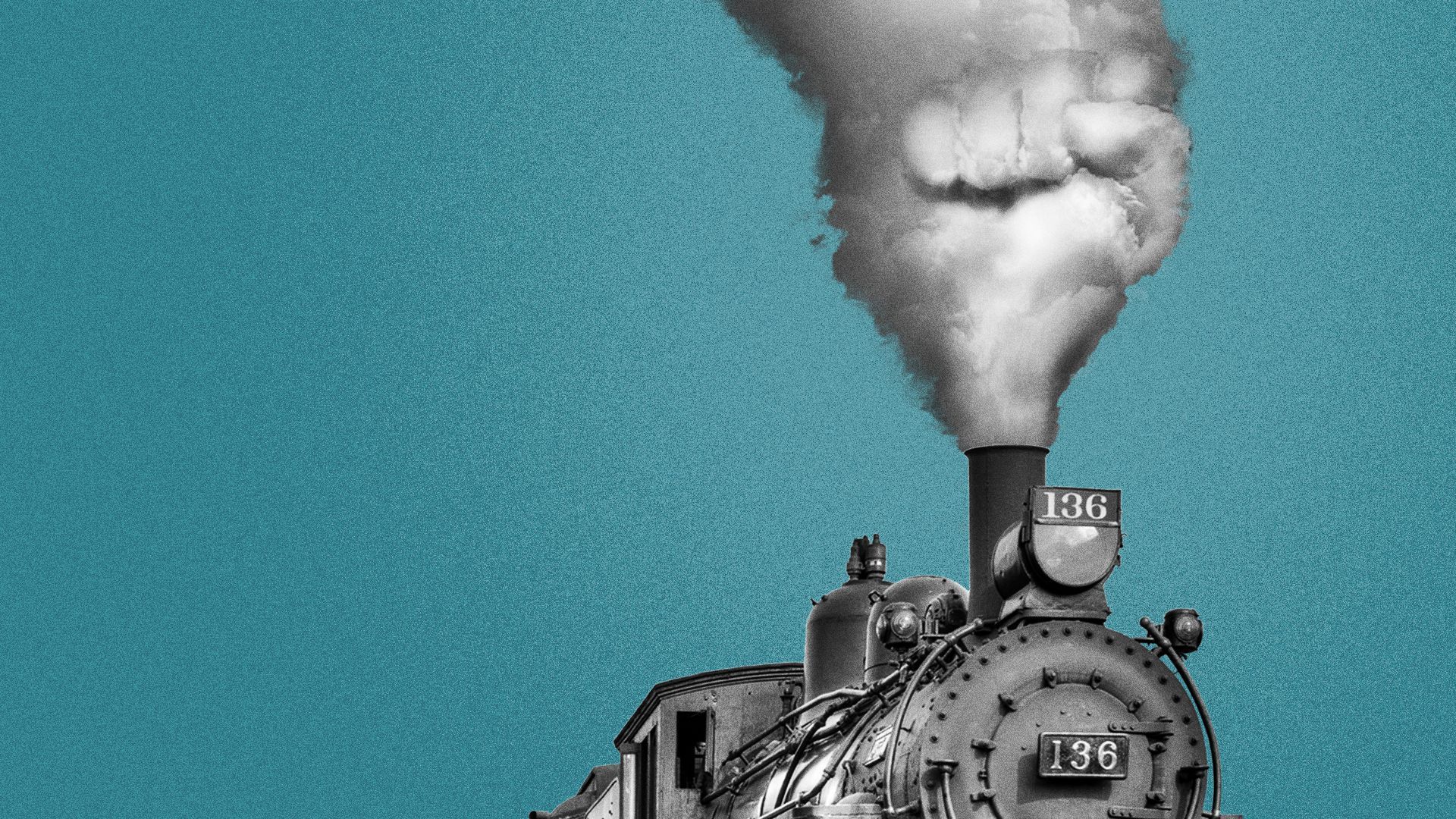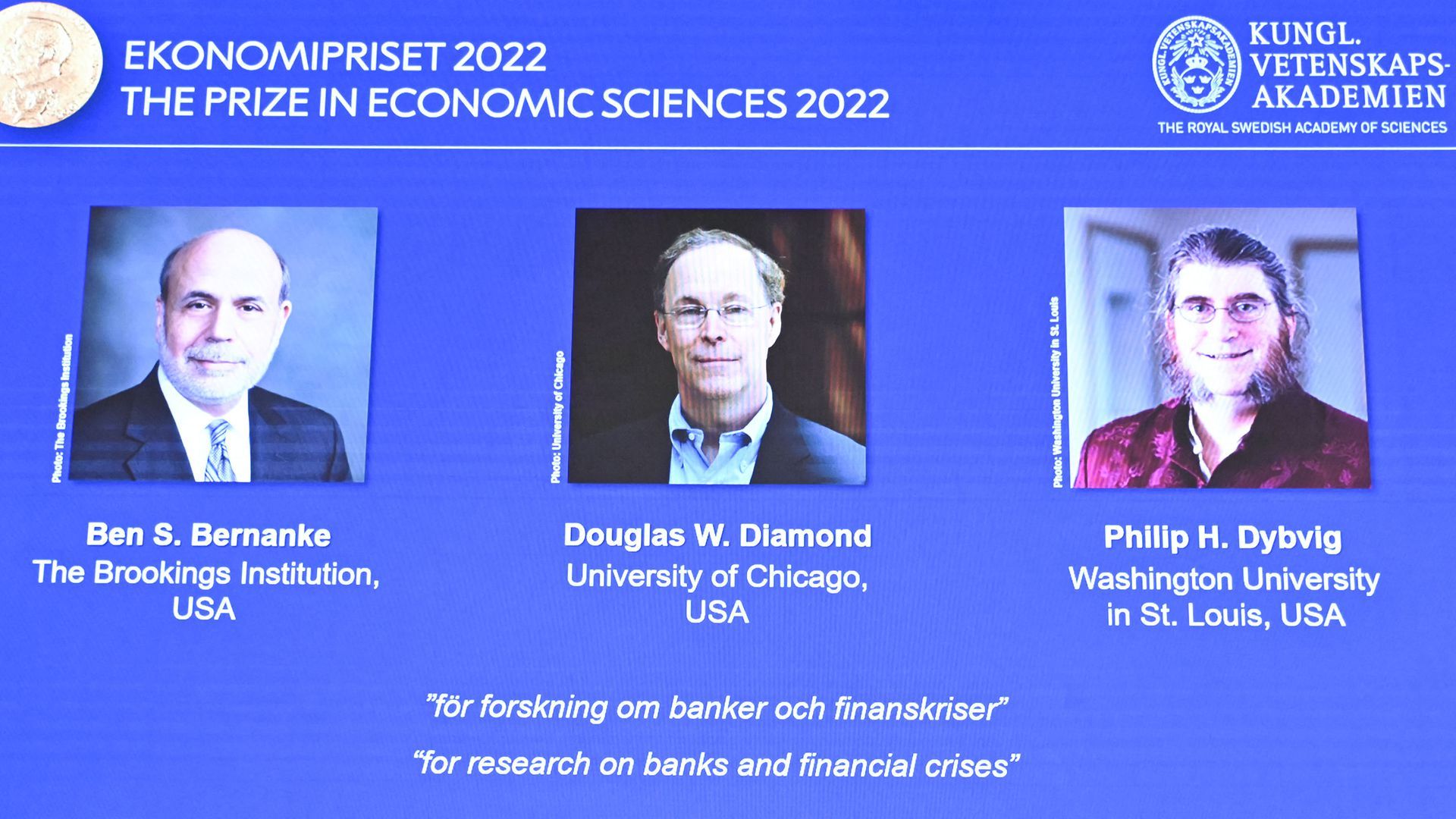| A union representing nearly 12,000 railroad workers yesterday voted down the tentative contract agreement between freight railroad companies and all 12 of their unions brokered by the White House last month, Emily writes. Why it matters: The rejection, by the Brotherhood of Maintenance of Way Employes Division of the Teamsters (BMWED), raises the prospect once again of a nationwide rail strike. That would be devastating for the economy and possibly arrive during the peak holiday season — a political headache for the Biden administration. - "Railroaders do not feel valued. They resent the fact that management holds no regard for their quality of life, illustrated by their stubborn reluctance to provide a higher quantity of paid time off, especially for sickness," said BMWED president Tony Cardwell in a statement.
- The rejection is a "big deal," a union official told Axios. If the parties can't come to terms, then there could be a strike that other unions would honor — or Congress might step in.
The reaction: In a statement, the group that represents the freight companies in bargaining, the National Carriers' Conference Committee, said they were "disappointed," but noted that for now, nothing changes. "The failed ratification does not present risk of an immediate service disruption," it said. State of play: There are 12 unions that represent about 115,000 workers. Four other unions have ratified the agreement, and over the next month or so, seven more are set to vote. - The agreement gives employees a substantial pay raise — after nearly three years of no increases — but doesn't adequately address many workers' concerns over workplace conditions, insiders told Axios.
- The two largest unions that represent conductors and engineers — making up about half the total rail workforce — aren't set to conclude voting until Nov. 17.
- A further back-and-forth wouldn't be unusual. Last year, John Deere union members voted down a contract two times over pay increases they saw as inadequate before finally approving one in mid-November. They also went on strike for a time.
If the unions vote down the deal, it could be left to a lame-duck Congress to step in. That would give Democrats more cover to force workers into a deal, Bascome Majors, a railroad analyst at Susquehanna, wrote in a recent note. What they're saying: Jeremy Ferguson, president of SMART, the biggest union with 37,000 members, said the tentative agreement fell short of his expectations. - "I will not sell members on this tentative agreement. It is my responsibility and duty to provide you with factual information and allow you to make an educated choice," he added in a separate statement.
- The most vocal workers are saying they don't like the deal — but it's not clear if they're in the majority.
What to watch: The upcoming votes. Go deeper. | 







No comments:
Post a Comment